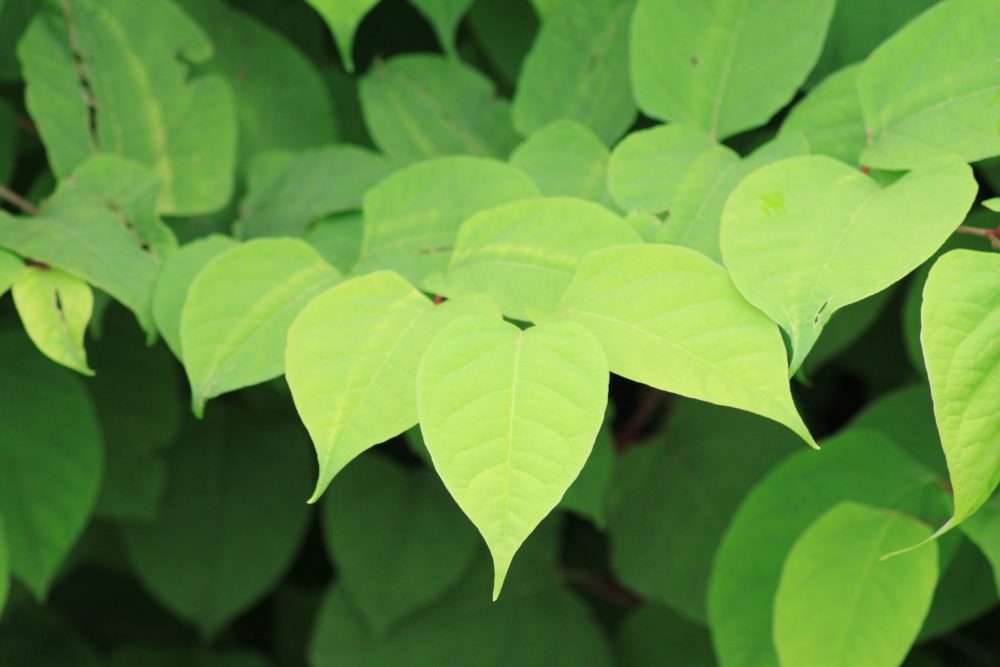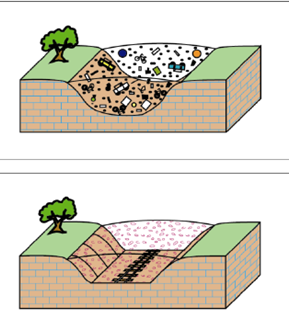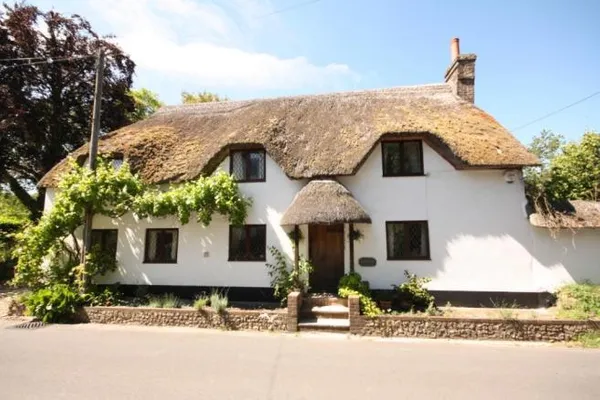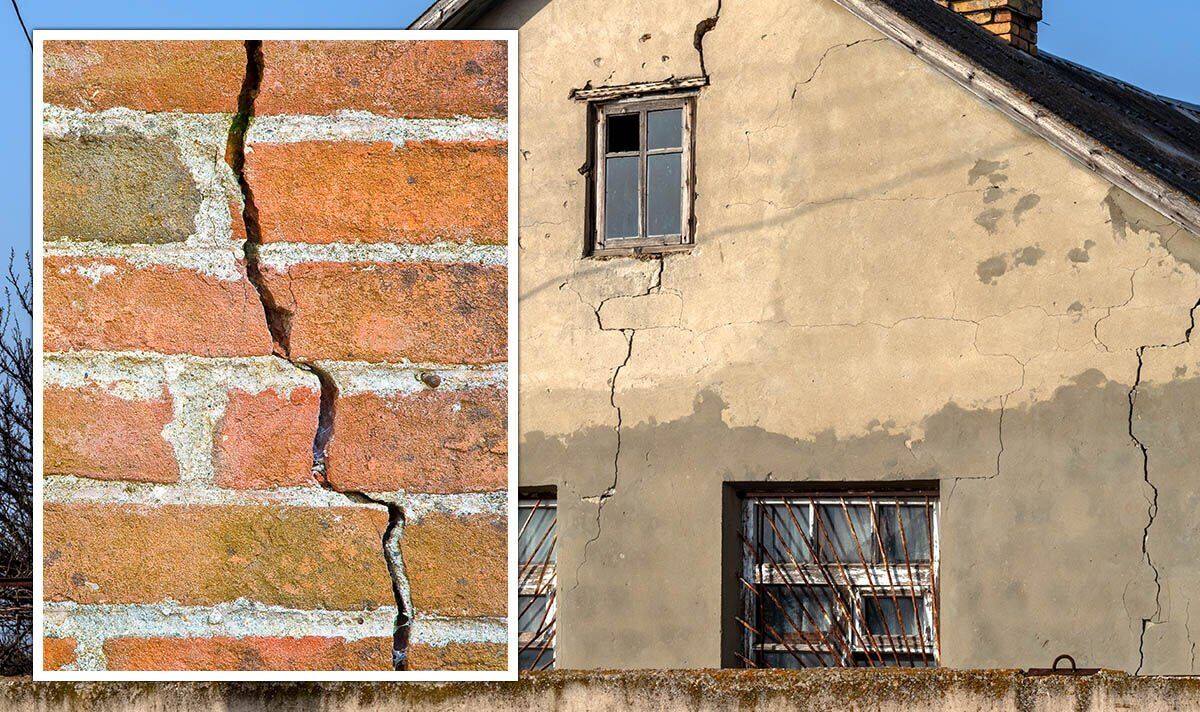Artificial ground, also known as made land is an area which has been previously excavated…

Japanese Knotweed
Whilst doing a survey of a property in Yeovil our surveyor noted that there was an established growth of injurious weeds, in particular Japanese knotweed. Japanese knotweed has become a significant issue and in some cases affects saleability and value of properties.
In this case, the infestation was a significant distance away from the main building. As a result, it did not and was unlikely to affect the main building structures in the near future. However, the fact that the property had Japanese knotweed was a significant negative feature and, strictly speaking, the owner of the property is responsible for cutting back, controlling and exterminating this injurious weed. Such works are generally best carried out by approved contractors under reliable guarantees which can prove costly.
Japanese knotweed is perennial and extremely invasive. It can damage properties. It thrives on disturbance; the tiniest piece can re-grow, and spread by both natural means and human activity. It has hollow stems with distinct raised nodes that give it the appearance of bamboo, though it is not closely related. While stems may reach a maximum height of 3-4 metres each growing season, it is typical to see much smaller plants in places where they sprout through cracks in the pavement or are repeatedly cut down. In wet areas, high water flows disperse fragments of the plant downstream where new colonies form. In the past, fly-tipping and transportation of soil containing rhizome fragments have been a major cause of spread, particularly in the urban environment. For further information visit www.nonnativespecies.org or visit https://www.gov.uk/guidance/prevent-japanese-knotweed-from-spreading



